The method of distinguishing the freshness of cooked coffee beans by four common hand-made coffee beans
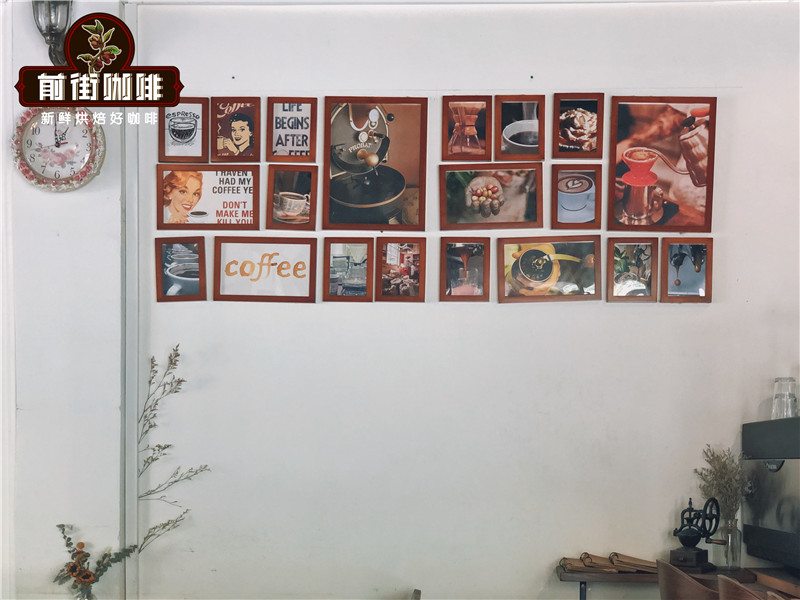
Professional coffee knowledge exchange more coffee bean information please follow the coffee workshop (Wechat official account cafe_style)
Yega Xuefei coffee beans from Ethiopia, Mantenin coffee beans from Indonesia, Kenya coffee beans, and Brazilian coffee beans are the four most common coffee beans from different producing areas. How to make these four coffee beans taste good is also fastidious. Qianjie this article begins to talk about how to cook coffee beans from these four producing areas. Let's talk about how to cook individual coffee beans from four producing areas. Qianjie now talks about the four major factors of hand-brewing: freshness, grindness, powder-to-water ratio and water temperature. | | freshness of coffee beans
Is the coffee bean as fresh as possible? No, but coffee beans that are not fresh are definitely not allowed. Qianjie Coffee often says that the most important thing in brewing a type of coffee is the freshness of coffee beans, which refers to the freshness of coffee beans within 15 days after roasting. The shelf life of coffee beans can often reach the time limit of one year, but not to mention the coffee beans that have been put for a year, the coffee flavor in the coffee beans that have been put for a month has long been released, so coffee beans must be brewed within 30 days as much as possible before they arrive. It is not the longer the coffee beans, the better!
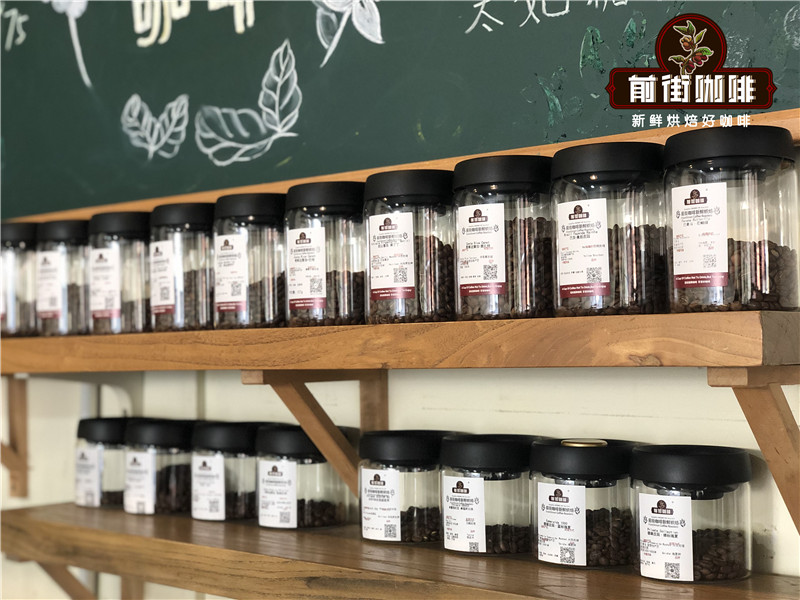
What is raising beans?
Fresh coffee beans in Qianjie will release a large amount of aroma factors and carbon dioxide, which are released through small holes through the roasted beans, which are released by grinding. In the process of brewing, it will block the contact between coffee powder and water, resulting in insufficient flavor extraction, and as time goes on, the atmosphere of carbon dioxide becomes thinner and less, and the contact area increases. Coffee is also becoming more and more flavorful, so many people do not call raising beans as raising beans, but a process of venting and venting. | | Grinding degree of coffee beans |
This is an important cause of problems in many coffee brewing. Maybe the store will give the grinding degree and the reference, but the grinding of each house is different, we should also pay attention to whether our grinding is uniform, the amount of fine powder, the state of particles and so on. Even if it is the same bean grinder, the state of the coffee powder is different (the length of time will lead to grinding deviation), not to mention that you and the merchant do not use the same machine.
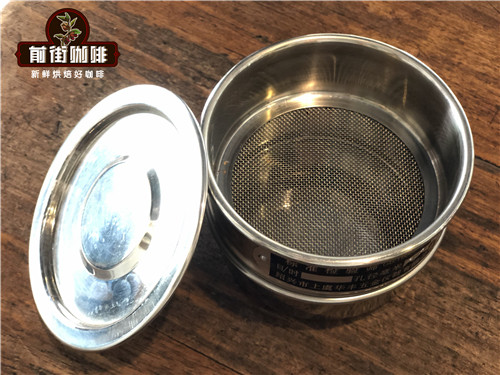
The solution to this is to unify the standard, for example, Qianjie will make the national standard 20 (850 micron) standard screen for screening and calibration. According to the SCAA cup test standard, the grinding degree of the cup test is 70-75% of the pass rate of the standard sieve 20. Then the grinding degree of Qianjie coffee brewing hand-roasted coffee is generally in the range of 75-80%. | | temperature of boiling water for coffee beans |
The water temperature for hand brewed coffee is generally recommended between 86 and 93 degrees Celsius, lightly roasted beans (such as Ethiopian Yega sherbet dink beans from Front Street Coffee) use between 90 and 91 degrees Celsius, while less roasted beans (such as PWN Gold Manning from Qianjie Coffee) use lower water temperatures (between 88 and 89 degrees Celsius). In other words, the more deeply roasted coffee beans use water temperature of not less than 86 °C and 89 °C, and the lighter roasted coffee beans use water temperature of not less than 90 °C and no higher than 93 °C.
| | ratio of cooking powder to water |
This is the difference between the extraction parameters and taste of hand-brewed coffee according to sca's gold cup extraction theory.
[heavy flavour] 1VOV 101VlV 11, that is, the golden cup criterion of 1RU 12.5mm 1RU 13.5
[moderate taste] 1-12-12-1-13 (I. e. 1-14. 5-1-15. 5)
[refreshing] 1-14-1-1-1-16 (I. e., 1-14-1-1-18. 5 of the Golden Cup Criterion)
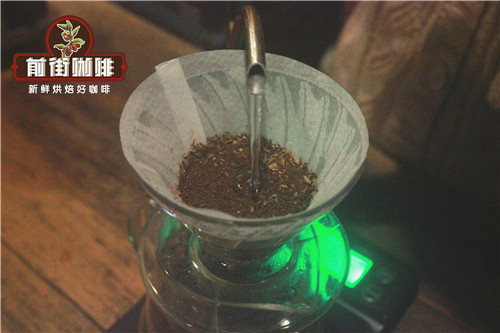
This is also the reason why Qianjie has always recommended the use of 1:15 powder-water ratio. Qianjie summarizes the information given to us by the above SCA extraction ratio parameters:
1. The larger the ratio of powder to water, the lighter the taste of coffee, and the smaller the ratio of powder to water, the stronger the taste of coffee.
2. Increasing the amount of water injected to increase the ratio of powder to water will affect the flavor substances more but taste lighter; reducing the amount of water injection to reduce the ratio of powder to water will affect the taste less but the taste will be more intense.
3. Increase the amount of powder to reduce the ratio of powder to water, reduce the extraction of macromolecular substances in the end of coffee, and increase the ratio of powder to water. Before reaching the limit, it will extract more complete flavor substances and reduce the degree of flavor richness.
After talking about the four elements, let's talk about how to cook Yega Xuefei single coffee beans, Indonesia Mantenin single coffee beans, Kenya single coffee beans, and Brazilian single coffee beans. | | Yejia Xuefei coffee beans |
Qianjie Coffee passed the cup test of Yega Chuefei coffee beans, which is thought to be bright and clear, fruity and acidity, bringing people a refreshing taste experience. Therefore, Qianjie roasters will use medium-light roasting to reflect the flavor characteristics of coffee beans and fruits in this area when roasting Yega Xuefei coffee beans.
Front Street Coffee-Ethiopian Yega Sheffield Ding Ding Coffee beans
Producing area: Yega Xuefei Gedeo Zone producing area
Producer: Guoding Dingding Cooperative
Altitude: 1900-2300m
Variety: native species (Heirloom)
Treatment: sun treatment
Grade: G1
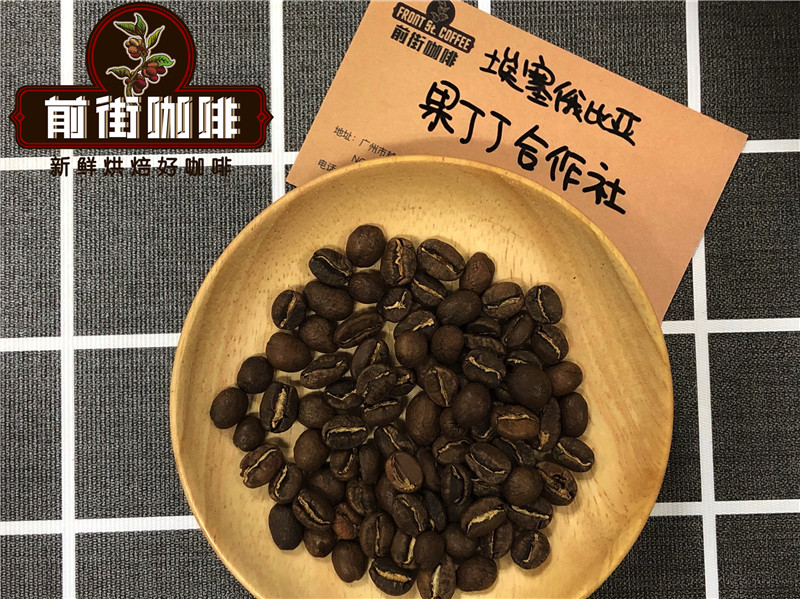
Brewing parameters of coffee beans in Qianjie Coffee & brewing method
Filter cup: V60
Powder content: 15g
Powder / water ratio: 1:15
Water temperature: 90 °C
Degree of grinding: medium and fine grinding (Chinese standard No. 20 screen pass rate 78%)
Qianjie cooking technique: three-stage extraction. Steam with 30 grams of water for 30 seconds, small water flow around the circle to 125 grams for sectional injection, water level drop is about to expose the powder bed, continue to inject water to 225 grams to stop injection, and so on when the water level drop is about to expose the powder bed to remove the filter cup, (steaming starts timing) the extraction time is 1 minute 39 percent 55 ".
Brewing flavor: there are citrus and black tea in the entrance, cream, caramel and almond aftertaste with a clean and sweet taste with the change of temperature. | | Mantenin coffee beans in Indonesia |
Qianjie coffee through the cup test Indonesia Mantenin coffee beans, found that Indonesia Mantenin coffee bean herbal flavor lingering in the nasal cavity, caffeine thickness is high, low acid. So Qianjie roasters use medium-to-deep roasted Mantenin coffee beans from Indonesia to show the mellow coffee flavor of the region.
Front Street Coffee-PWN Gold Manning Coffee Bean
Producing area: Aceh Jiayu Mountain in Sumatra
Altitude: 1100-1600 m
Variety: Ateng
Grade: G1, 3 times hand selection
Treatment method: wet planing method
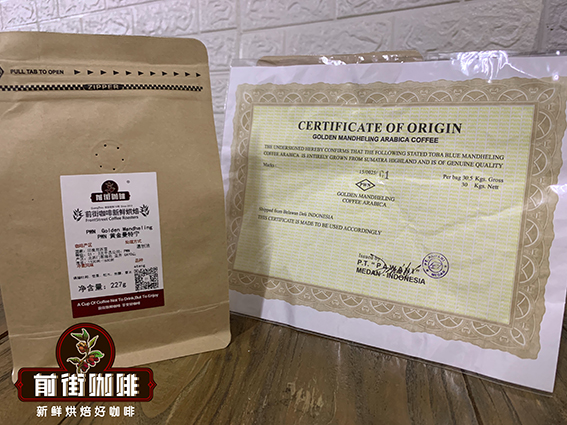
Brewing parameters of coffee beans in Qianjie coffee producing area of Indonesia & brewing method
Filter cup: Kono filter cup
Water temperature: 88 ℃
Amount of powder: 15g
Powder-to-water ratio: 1:15
Degree of grinding: medium and fine grinding (the pass rate of Chinese standard No. 20 screen is 73%)
Qianjie coffee is extracted by stages, also known as three-stage brewing: steaming with 30 grams of water for 30 seconds, injecting water around a circle to 125 grams for stages, continuing to inject water to 225 grams when the water level is about to be exposed to the powder bed, removing the filter cup when the water level is about to be exposed to the powder bed, (steaming starting timing) the extraction time is 2 grams 39th 15 ".
Cooking flavor: changeable layers, mellow and clean, high sense of balance, rich nutty and caramel aromas, chocolate aromas and a long finish.
| | Kenya coffee beans |
Qianjie Coffee tested Kenyan coffee beans in a cup and thought that the berry juice feeling of Kenyan coffee beans brought a feeling of fullness to the mouth. The most special feature of Kenyan coffee is its bright acidity and a sense of fullness in the mouth at the same time. This is also different and special from coffee beans in Ethiopia.
Front Street Coffee-Kenya Asaria Coffee Bean
Producing area: Sika Thika, Kenya
Processing plant: Asali honey processing plant
Altitude: 1550-1750 m
Rating: AA TOP
Variety: SL28,SL34
Treatment: 72-hour washing in Kenya
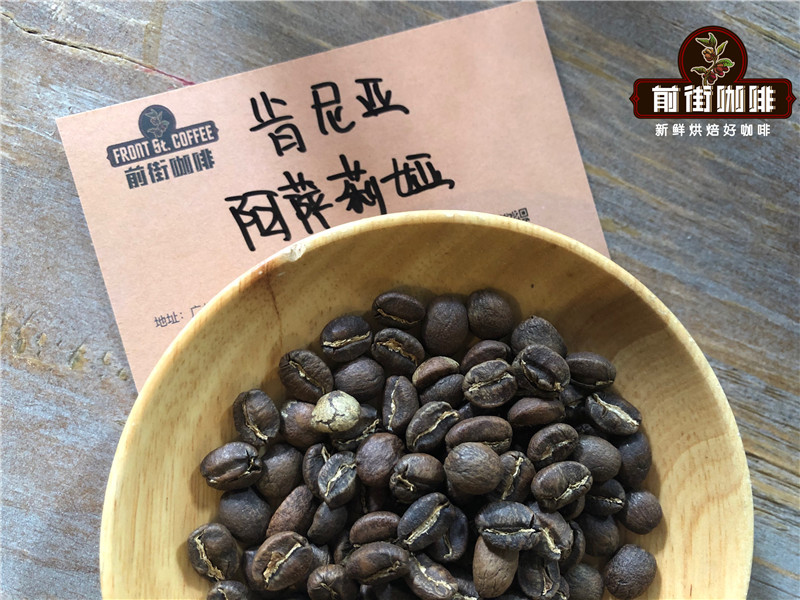
Brewing parameters of coffee beans in Qianjie coffee producing area of Kenya & brewing method
Filter cup: Hario V60
Powder content: 15g
Powder / water ratio li:1:15
Water temperature: 91 °C
Degree of grinding: medium and fine grinding (77% of Chinese standard No. 20 screen pass rate)
Qianjie coffee is extracted by stages, 30 grams of water is injected into the first stage for 30 seconds, then 95 grams (about 125 grams shown by electronic scale) is injected, and the injection is completed in about 1 minute. When the water level drops to 2 grams in the powder layer, the remaining 100 grams (about 225 grams shown by the electronic scale) are injected in about 1 minute and 40 seconds. The filtration is completed, remove the filter cup and complete the extraction.
Cooking flavor: the mouth has the flavor of black plum and virgin fruit, the taste is strong sour, thick, middle sweet, juicy, aftertaste berry and yellow sugar sweet, and green tea aroma. | | Brazilian coffee beans |
Qianjie coffee tested Brazilian coffee beans and found that the aromas of Brazilian coffee beans, nuts and cocoa are very attractive, with high caffeine thickness, low acidity and obvious sweetness. So Qianjie roasters use medium-deep roasted beans from Brazilian coffee producing areas to present the mellow and sweet flavor of the coffee producing areas.
Front Street Coffee-Brazilian Queen's Manor Coffee beans
Producing area: Sao Paulo, Brazil
Manor: Queen's Manor
Altitude: 1400-1950m
Variety: yellow bourbon
Treatment method: half sun / sun exposure
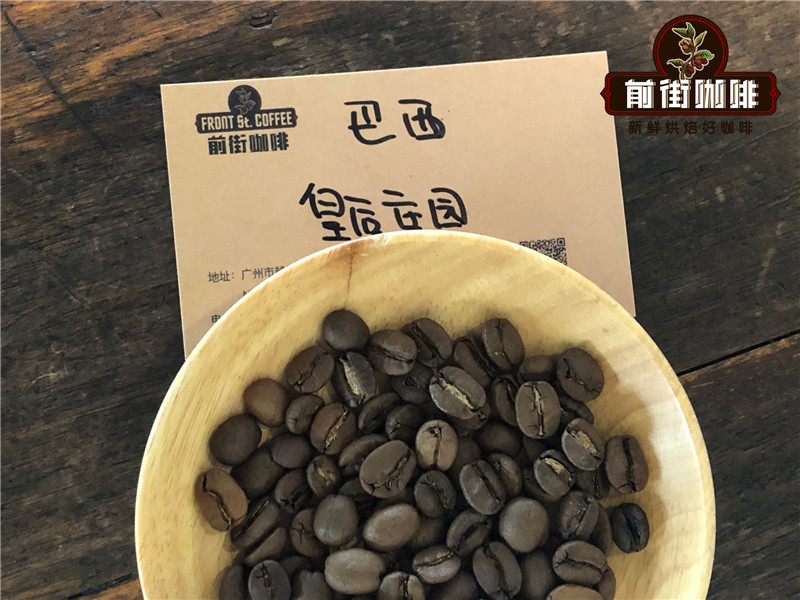
Brewing parameters of coffee beans in Qianjie coffee producing area of Brazil & brewing method
Filter cup: Kono filter cup
Water temperature: 88 ℃
Amount of powder: 15g
Powder-to-water ratio: 1:15
Degree of grinding: medium and fine grinding (Chinese standard No. 20 screen pass rate 75%)
Qianjie coffee is extracted by stages, also known as three-stage brewing: steaming with 30 grams of water for 30 seconds, injecting water around a circle to 125 grams for stages, continuing to inject water to 225 grams when the water level is about to appear in the powder bed, removing the filter cup when the water level is about to be exposed to the powder bed, (steaming starting timing) the extraction time is 2 grams 3905 ".
Brewing flavor: Sugar cane juice's sweet, black tea, beautiful and smooth fruit sweetness, obvious nutty flavor, balanced and supple acidity, weak and clean bitterness, rich chocolate aroma and nutty flavor, bright and refreshing taste, smooth and delicate taste.
For more boutique coffee beans, please add private Qianjie coffee on Wechat. WeChat account: kaixinguoguo0925
Important Notice :
前街咖啡 FrontStreet Coffee has moved to new addredd:
FrontStreet Coffee Address: 315,Donghua East Road,GuangZhou
Tel:020 38364473
- Prev
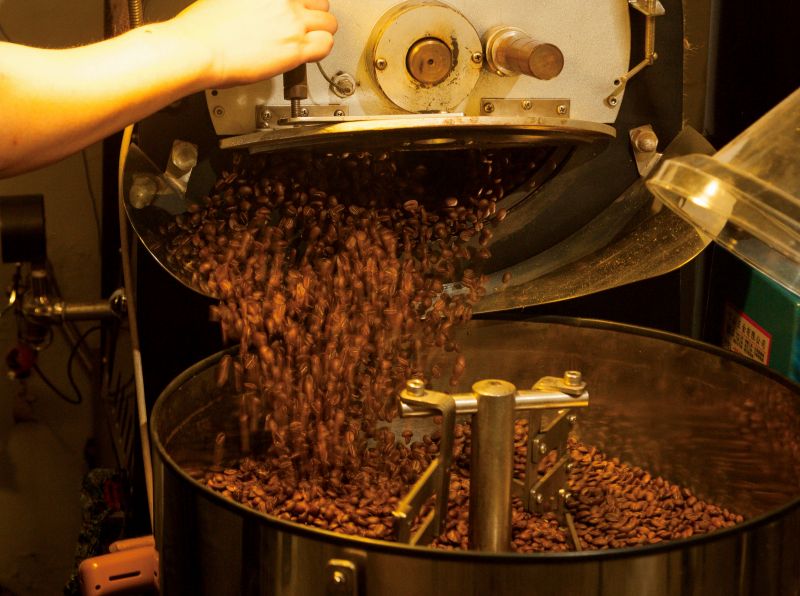
Professional bean bakers share roasting skills to unravel the mystery of professional coffee roasting.
Exchange of professional baristas Please pay attention to the coffee workshop (Wechat official account cafe_style) good roasting can strengthen the characteristic local conditions and taste of coffee beans, the degree of roasting is too bad, either too bitter or not ripe, will make the coffee stale. Lu Guojie, the owner of pot coffee with rich baking experience, shares his roasting skills without privacy. Lu Guojie thinks that a good cup of coffee
- Next
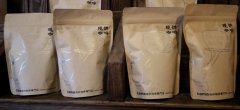
The secret of coffee bean bags to keep coffee beans fresh-one-way exhaust valve
Communication of professional baristas Please follow the coffee workshop (official Wechat account cafe_style) just like Buddha wants gold clothes, people want clothes, coffee beans need good bean bags to hold! Of course, the bean bag packaging mentioned here is not only as simple as beautiful outside, the most important thing is to help keep the coffee beans fresh. Generally roasted coffee beans, we usually pack coffee beans
Related
- Beginners will see the "Coffee pull flower" guide!
- What is the difference between ice blog purified milk and ordinary milk coffee?
- Why is the Philippines the largest producer of crops in Liberia?
- For coffee extraction, should the fine powder be retained?
- How does extracted espresso fill pressed powder? How much strength does it take to press the powder?
- How to make jasmine cold extract coffee? Is the jasmine + latte good?
- Will this little toy really make the coffee taste better? How does Lily Drip affect coffee extraction?
- Will the action of slapping the filter cup also affect coffee extraction?
- What's the difference between powder-to-water ratio and powder-to-liquid ratio?
- What is the Ethiopian local species? What does it have to do with Heirloom native species?

